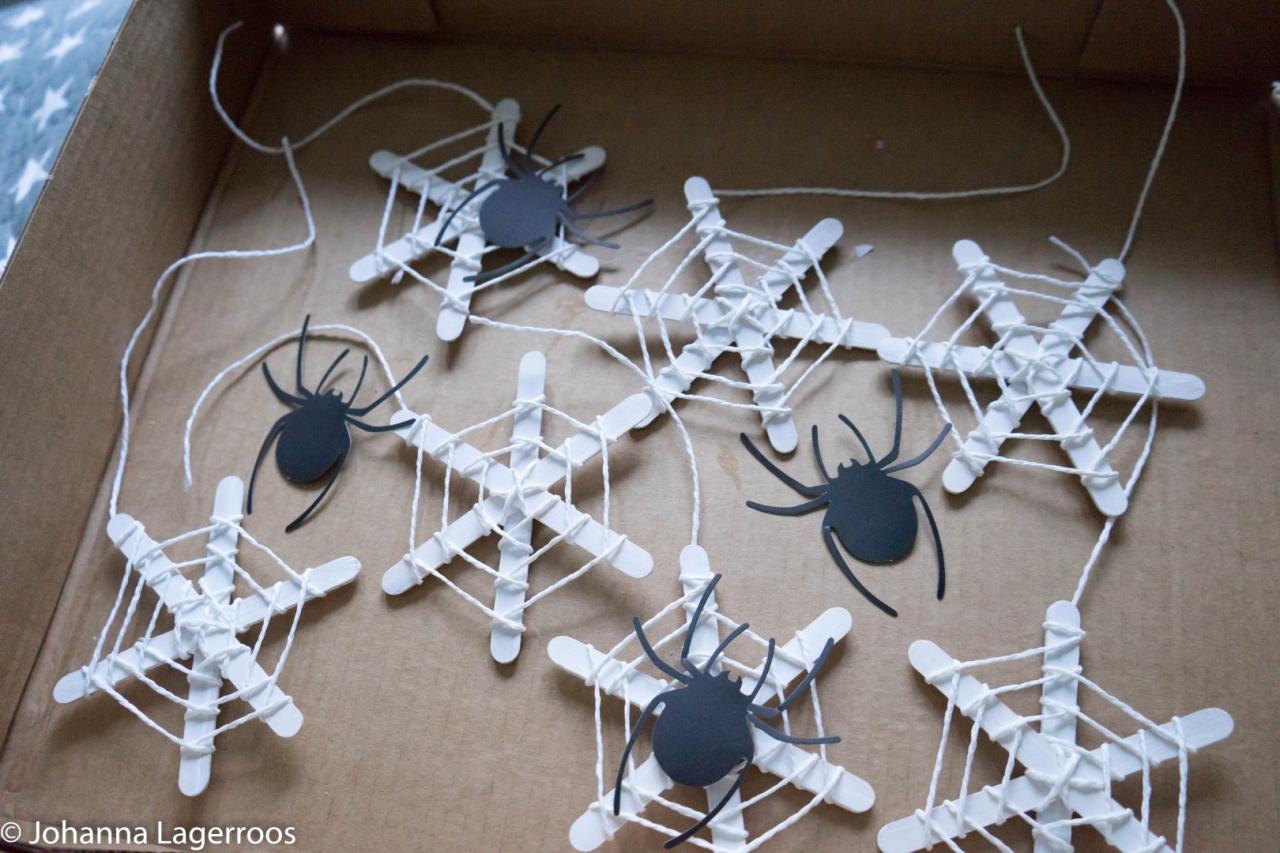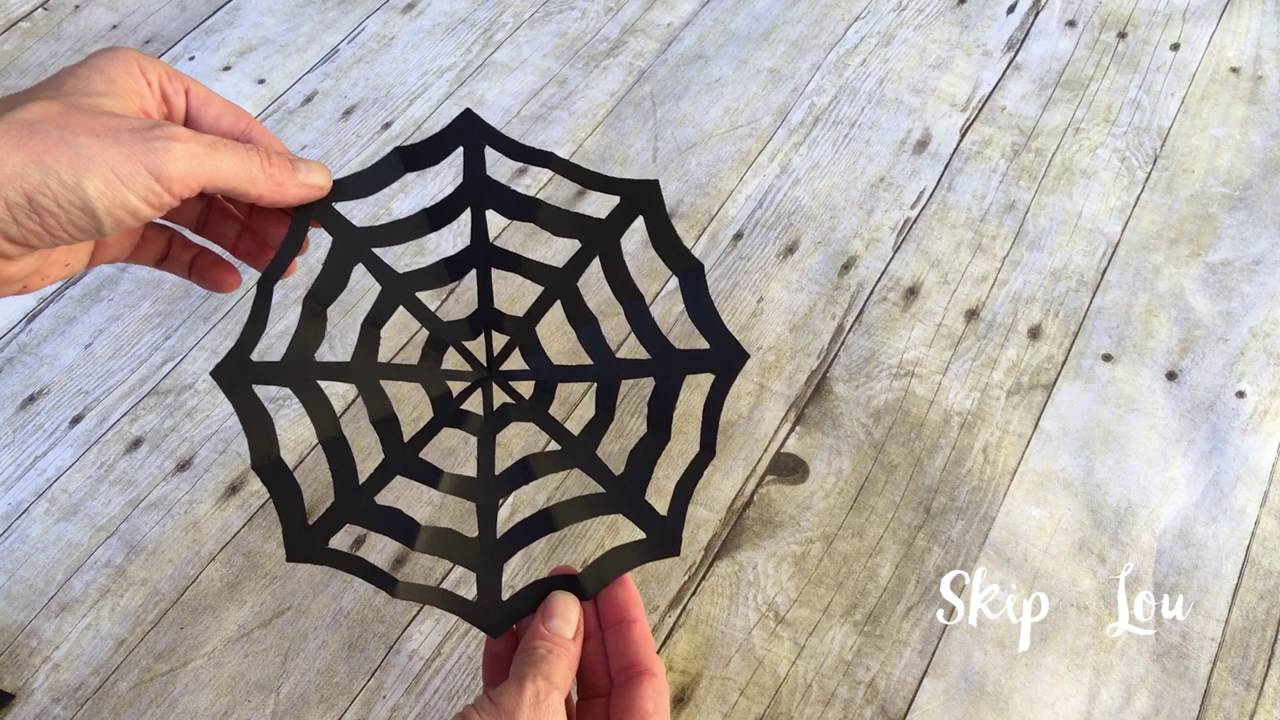DIY spider web is more than just a Halloween decoration; it’s a chance to unleash your creativity and transform your space into a hauntingly beautiful scene. From simple yarn webs to intricate, multi-layered masterpieces, the possibilities are endless.
Crafting your own spider webs allows you to personalize your decorations, incorporating unique materials, textures, and colors to match your desired aesthetic. Whether you’re aiming for a classic spooky vibe or a more whimsical touch, a DIY spider web can be the perfect centerpiece for your Halloween decor.
Spider Web Materials and Techniques
Choosing the right materials and techniques is crucial for crafting a realistic and visually appealing spider web. Each material offers unique advantages and disadvantages, influencing the final look and feel of your web.
Materials and Their Properties, Diy spider web
Different materials offer varying properties, influencing the web’s appearance, durability, and ease of manipulation. Here’s a comparison of common materials:
| Material | Advantages | Disadvantages | Suitable Web Designs |
|---|---|---|---|
| Cotton Yarn | Soft, readily available, easy to manipulate, creates a fluffy and realistic look. | Can be prone to tangling, may not hold shape well, less durable than other materials. | Traditional, fluffy, and intricate webs. |
| Fishing Line | Strong, durable, transparent, holds shape well, ideal for creating fine and intricate details. | Can be difficult to work with, requires careful handling, may not be as visually appealing as other materials. | Realistic, thin, and detailed webs, particularly for outdoor installations. |
| Craft Wire | Durable, holds shape well, allows for intricate designs, can be easily manipulated. | Can be difficult to work with, may not be as visually appealing as other materials, can be prone to rusting. | Geometric, abstract, and intricate webs, particularly for indoor installations. |
Techniques for Creating Spider Web Textures
Various techniques can be employed to create different web textures and appearances. These techniques can be combined to achieve a desired effect:
Knotting
Knotting is a technique that involves creating knots at specific points along the web’s threads. This technique creates a more realistic and intricate web appearance.
Wrapping
Wrapping involves wrapping the chosen material around a central point or frame. This technique is ideal for creating a more robust and durable web.
Weaving
Weaving involves interlacing threads to create a more complex and intricate web. This technique requires more patience and skill but results in a visually stunning web.
Spider Web Inspiration and Resources: Diy Spider Web

Finding inspiration for your DIY spider web can be an exciting and rewarding journey. There are numerous resources available online and offline that can help you find the perfect design and techniques for your project. This section will explore some of these resources, providing you with examples of impressive DIY spider webs and highlighting the role of online communities in promoting these creative endeavors.
Online Resources and Tutorials
Online resources offer a wealth of information and inspiration for DIY spider web projects. Here are some examples of websites and platforms that can help you find ideas and tutorials:
- Pinterest: Pinterest is a visual search engine that allows you to discover ideas and inspiration based on your interests. You can search for “DIY spider web” or “spider web crafts” to find a vast collection of images and tutorials.
- YouTube: YouTube is a popular platform for sharing videos, including DIY tutorials. You can find numerous videos demonstrating how to create different types of spider webs, from simple to elaborate designs.
- Blogs and Websites: Many craft blogs and websites offer step-by-step tutorials and instructions for creating DIY spider webs. These resources often include tips, tricks, and alternative materials to consider.
Examples of Impressive DIY Spider Webs
The internet is filled with impressive examples of DIY spider webs created by talented crafters and artists. These projects showcase the versatility and creativity of DIY projects. Here are some examples:
- Yarn Spider Web: This type of spider web is created using yarn or string and can be hung from the ceiling or placed on a wall. It’s a classic and easy-to-make option that can be customized with different colors and textures.
- Paper Spider Web: Paper spider webs can be created using different types of paper, such as construction paper, tissue paper, or even newspaper. They can be simple or intricate, depending on your preference.
- Fabric Spider Web: Fabric spider webs can be made using various fabrics, including lace, tulle, or cheesecloth. They can be draped over furniture or used as part of a larger Halloween decoration.
Online Communities and Social Media
Online communities and social media platforms play a crucial role in sharing and promoting DIY spider web projects. These platforms provide a space for crafters to connect, share their creations, and inspire others.
- Facebook Groups: Numerous Facebook groups are dedicated to DIY crafts and Halloween decorations, including spider webs. These groups provide a space for sharing ideas, asking questions, and getting feedback from other crafters.
- Instagram: Instagram is a popular platform for sharing photos and videos. You can search for hashtags like #DIYspiderweb or #halloweendecor to find inspiring examples and connect with other crafters.
- Pinterest: Pinterest also plays a significant role in promoting DIY projects. Users can create boards dedicated to specific themes, such as Halloween decorations, and share their own creations or save ideas from others.
Final Summary

With a little creativity and some basic materials, you can easily create stunning DIY spider webs that will impress your guests and set the mood for a memorable Halloween celebration. Remember, the key is to have fun and experiment with different techniques and designs to achieve your desired look. So, gather your supplies, unleash your inner artist, and get ready to spin some spooky magic!
Creating a DIY spider web can be a fun and spooky project, especially for Halloween. If you’re looking for a unique and personalized gift idea, consider making a spider web for a friend or family member. You can find all the tools and materials you need for your DIY projects at besttoolmart.web.id , from glue and yarn to glitter and beads.
Once you’ve completed your spooky spider web, it can be used as a decoration or even incorporated into a larger Halloween display.




